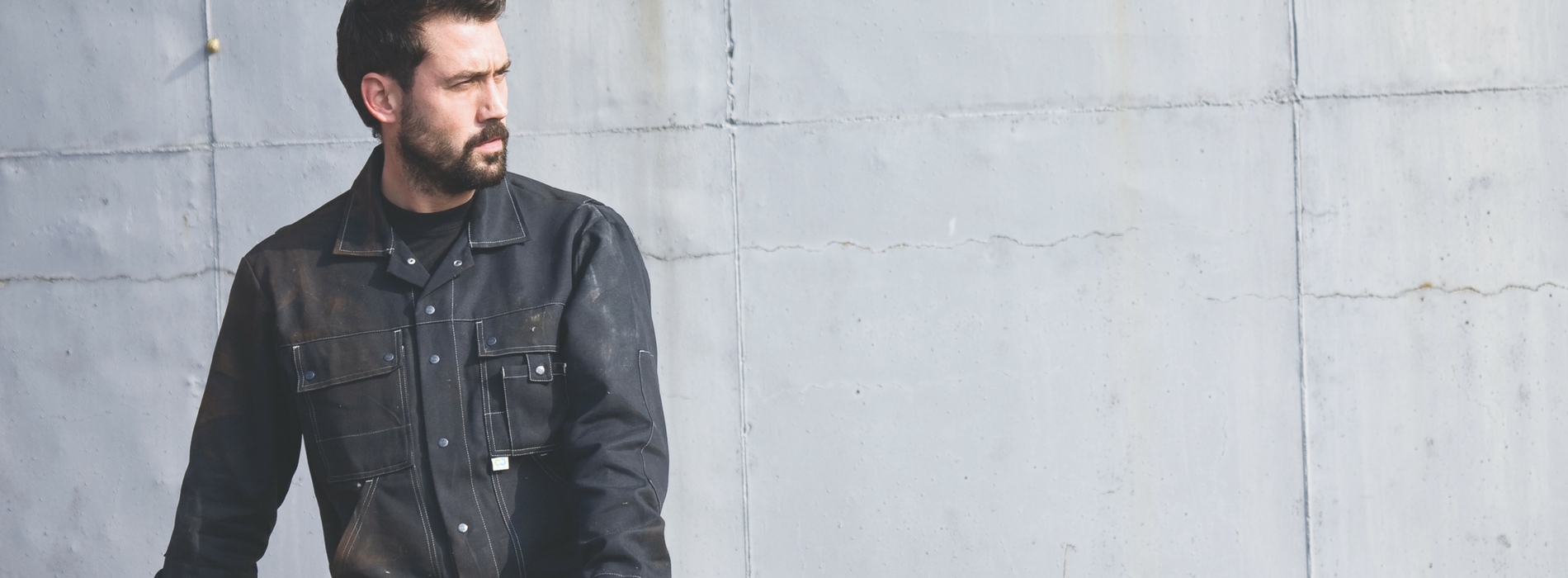At HAVEP we believe that a circular economy is the future and that’s why we set ourselves the target of having a 90% circular collection in 2025. An important step in this process was the launch of the HAVEP® Rework collection back in 2012. We have learned a lot from this project and it only increased our enthusiasm about the future of circular work clothing.
Circular work clothing
For our HAVEP® Rework collection we decided to use 100% organic cotton. For the production of organic cotton, they use a lot less pesticides and apply crop rotation to prevent the soil from getting exhausted. This makes organic cotton a lot less stressful for the environment than normal cotton.
Another good reason for choosing cotton was the fact that this material is compostable. Worn work clothing becomes food for new cotton plants and therefore this collection received a Cradle-to-Cradle certificate.
The importance of cooperation
Circular entrepreneurship is a road of trial and error and our first circular collection is far from perfect. It turned out that the choice for 100% organic cotton caused a higher energy and water consumption compared to clothing whereby a mix of cotton and synthetic materials is used.
Cotton also reaches end-of-life quicker than a mix of cotton and polyester. In practise it turns out that this product is a profit for the environment, but a loss of the product’s lifespan. The Rework collection was a good lesson for us and we used the knowledge we gained to develop even better circular work clothing. We recently launched the HAVEP® Multi Shield collection, a collection in which we used another sustainable fabric: Tencell.
On our way to a circular economy
As the HAVEP® Rework collection shows, we at HAVEP carefully reflect on every decision we make and try to stimulate transparency and innovation. One single company won’t change a lot, but a network of designers, brands, producers, sales organisations, retailers, developers and users will. In order to make a circular economy possible it is essential that we work together, stay critical and remain open to other views. Together we make a circular future possible!
